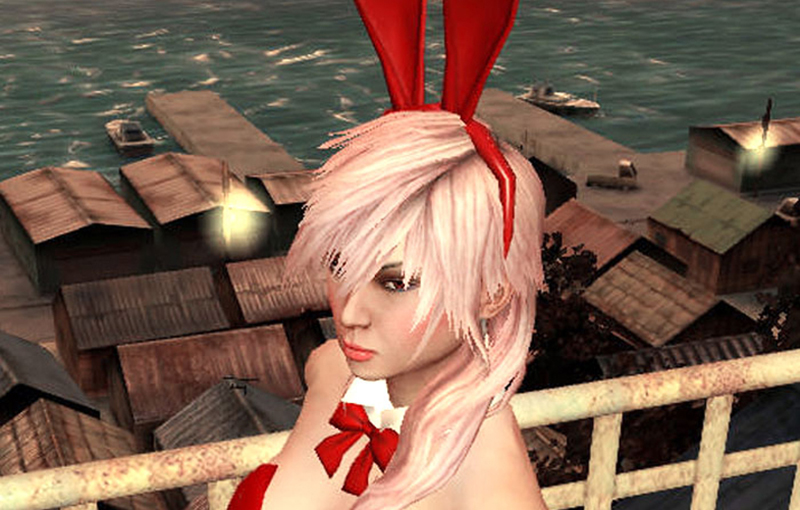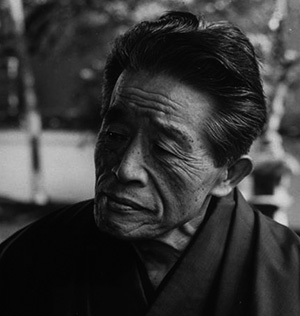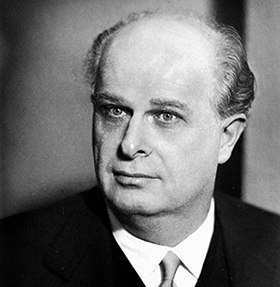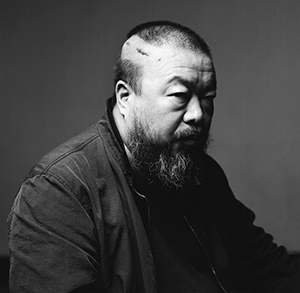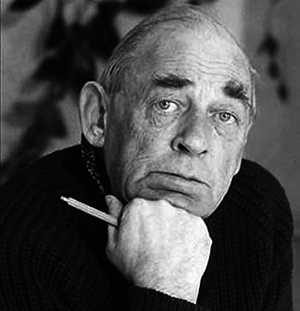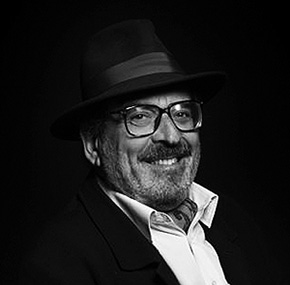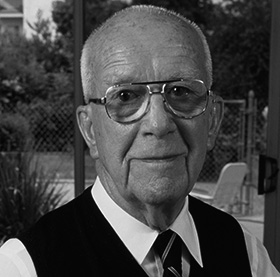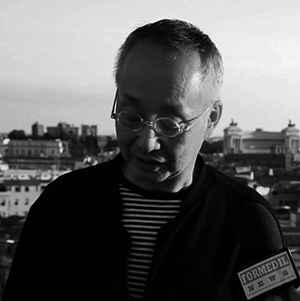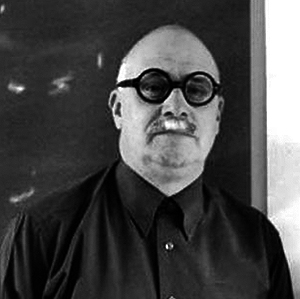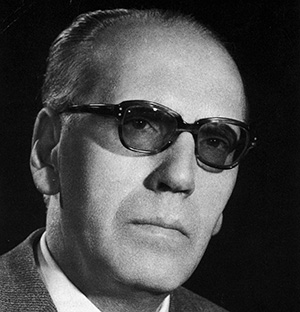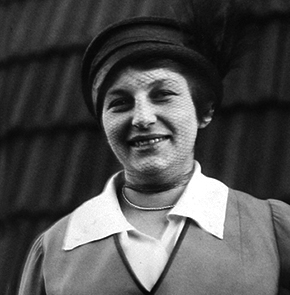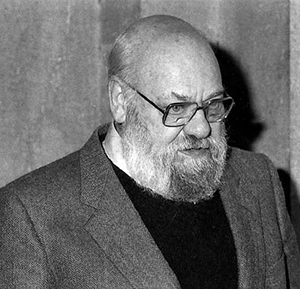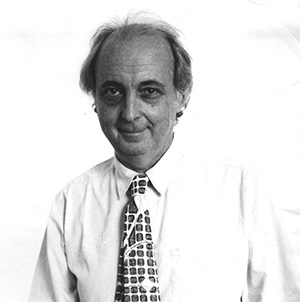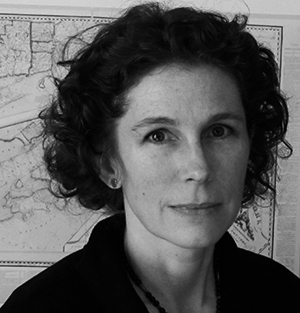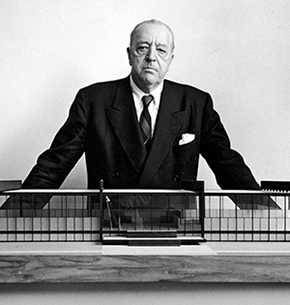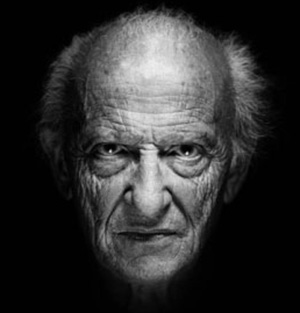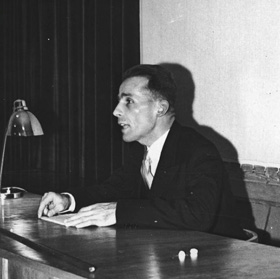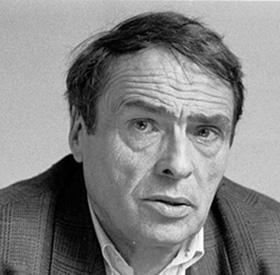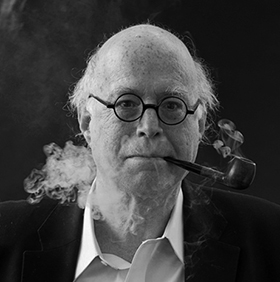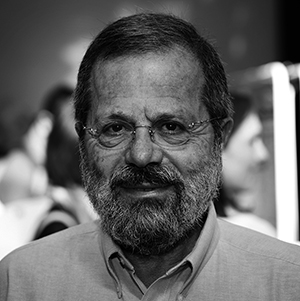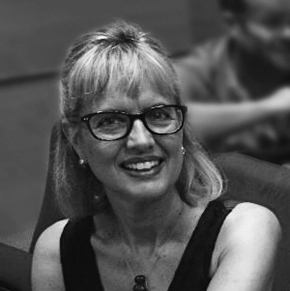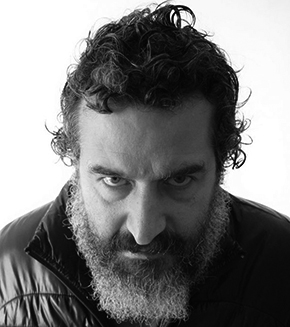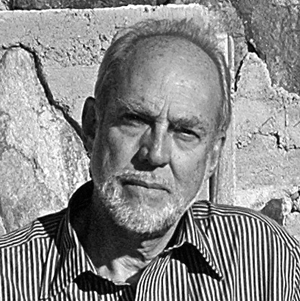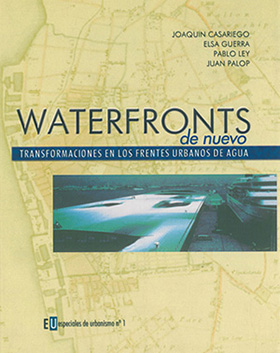By Federico García Trujillo
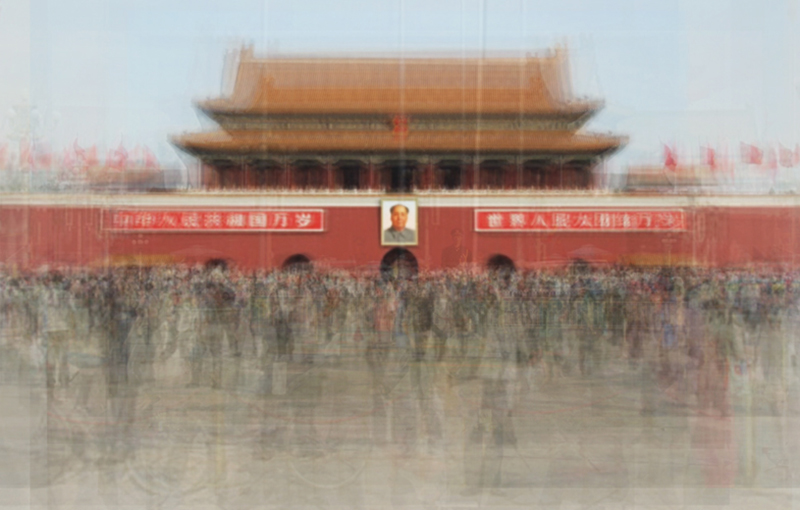 Plaza of Tiananmen, Beijing. De la series "Photo Opportunities". Corine Vionnet
Plaza of Tiananmen, Beijing. De la series "Photo Opportunities". Corine Vionnet
From Here On. Now’ (Henceforth) is an exhibition program, through which reviews some of the main features of the so-called postphotography. This review attempts to provide a critical reflection on the exhibition closed last 13 April 2013 Center Arts Santa Monica in Barcelona.
“From here on: Postphotography in the age of Internet and mobile telephony ", is an interesting example that has enriched the cultural landscape of the Catalan city. This exhibition has been organized by The Love Fotographiques Arles, and curated by a team of Clément Chéreux, curator of the Department of Photography at the Centre Georges Pompidou, Joan Fontcuberta, artist, Erik Kessels, director Artistico the KesselsKramer, Martin Parr, Magnum photographer dela, y Joachim Schmid, artist. They all recognized experts and scholars of contemporary image This collection of works is the first major exhibition presenting phenomenon called postphotography in its complexity and diversity.
The work spread over 3 plants trying to define a portrait of calls postfotográficas practices. To highlight some, John Elec we proposed a story on prostitution in Brazil through the reframing of images taken from the streets using Googlemaps Streetview. We also find Corine Vionnet and images of the most photographed monuments in the world, created through the transparent overlay all of this monument images obtained from the network. Kurt Caviezel teaches us collections of photographs obtained from surveillance cameras, animals whose criterion reflects that land or walk on the glass of the lens, or Catalan Roc Herms, Joanna Dark avatar which spends his life taking pictures in networked games Second Life.
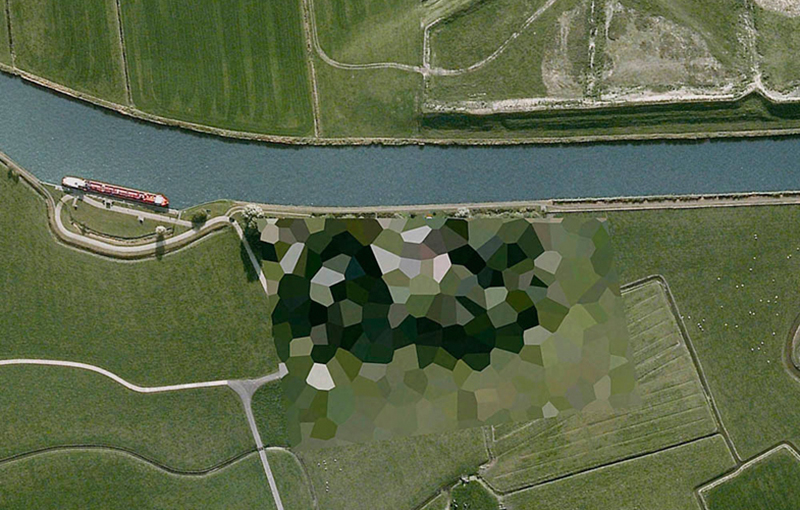 Dronrijp Service Station. From the series "Dutch Landscapes". Mishka Henner
Dronrijp Service Station. From the series "Dutch Landscapes". Mishka Henner
From Here On is an exhibition focused on the presentation of a new artistic trend, called postphotography. Among themselves, the questioning of the notion of authorship, artistic creation from existing images (in many cases from the Internet, for example), through hunting pictures from webcams, Search in Google Images or Flickr, la Google Maps Navigation Google Earth. And, also, the presence in many of the works in the exhibition of a critical reflection not only on the environment postfotográfico, but also on the nature of the photographic image.
The exhibition presents a culture characterized by excessive images, photographs which have ceased to function as a solemn memorial unrepeatable moments, and have become meaning bodies that exchange information. An example of this might be in talks WhatsApp groups using pictures taken with mobile or Internet reappropriated. The citizen would become both consumer photographer and in images, where speed would be above the refinement. The photographic archive of the network and the use we make of it dynamite the traditional concept of authorship dela photography. Traditional Lanoción inherited from Cartier Bresson photograph, placed the responsibility on the "click solemn"; namely, in fact capture the moment. The click of the camera, as he brought us, paternity 'physical' images, postfotográficas practices being replaced by the "save as" from the right click, since the interest of the picture would be more in his reordering semantics rather than on the creation dela same. Secelebra well, Duchamp-style, appropriationism, where intellectual maneuver is above the technical virtuosity.
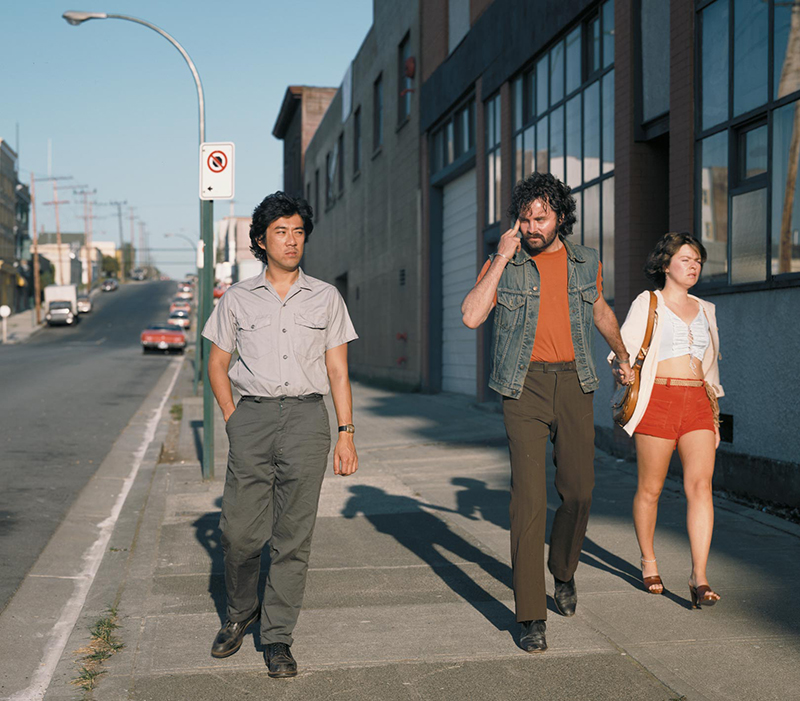 Mimic. Jeff Wall. Vancouver, 1982
Mimic. Jeff Wall. Vancouver, 1982
It's funny how from this exhibition proposes the term Posfotografía. A term that had been used since EL2000 wing when speaking of the work of photographers like Jeff Wall or members of the Düsseldorf School of Photography, como Andreas Gursky. Although if, was because they left behind essentialist notion that photography should focus on capturing the moment. And, thus, choose to use in your pictures scenery and lighting as if it were a movie, to create images that primase aesthetics or narrative composition represented by the characters, being completely fictitious instant shown.
From a critical perspective can also be emphasized how "From here on”, tries to propose a concept of evolution postphotography as photography itself, when from the art world has long been talk of interdisciplinary practices as a way of working, means being a mere tool to formalize a line of thought or investigation. Words "From here on"Is an exhibition based on the evolution of a technological medium curated whose essential criterion is the fact that the works have been carried out through this medium called" postfotográfico ". However, no longer developed images on photographic paper.
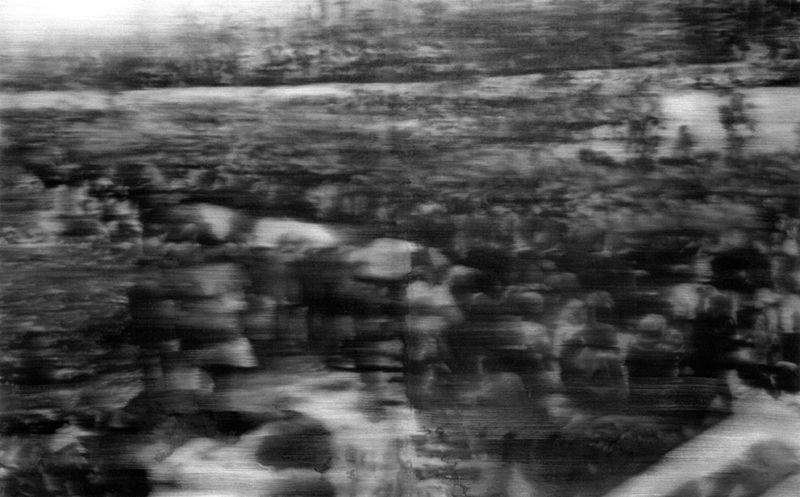 Burial (Funeral). 200 cm x 320 cm. Oil on canvas series on Baader Meinhof October. Gerard Richter, 1988
Burial (Funeral). 200 cm x 320 cm. Oil on canvas series on Baader Meinhof October. Gerard Richter, 1988
Would the series October Gerard Richter "postfotográfíca"? Then, it would be reappropriated images of newspaper files that have been recontextualized through painting dela. I think the media can be a valid criterion for organizing exhibition curator, but I think more interesting from the contents that can be put into circulation without regard to the middle parts; as a richest territory from which to work, before being seduced by whether the works are carried out using a chisel or a 3D printer.
More information:
From here on. Now’. Santa Monica Arts
We and the images of a new era. Barcelona unfinished 29/03/2013
